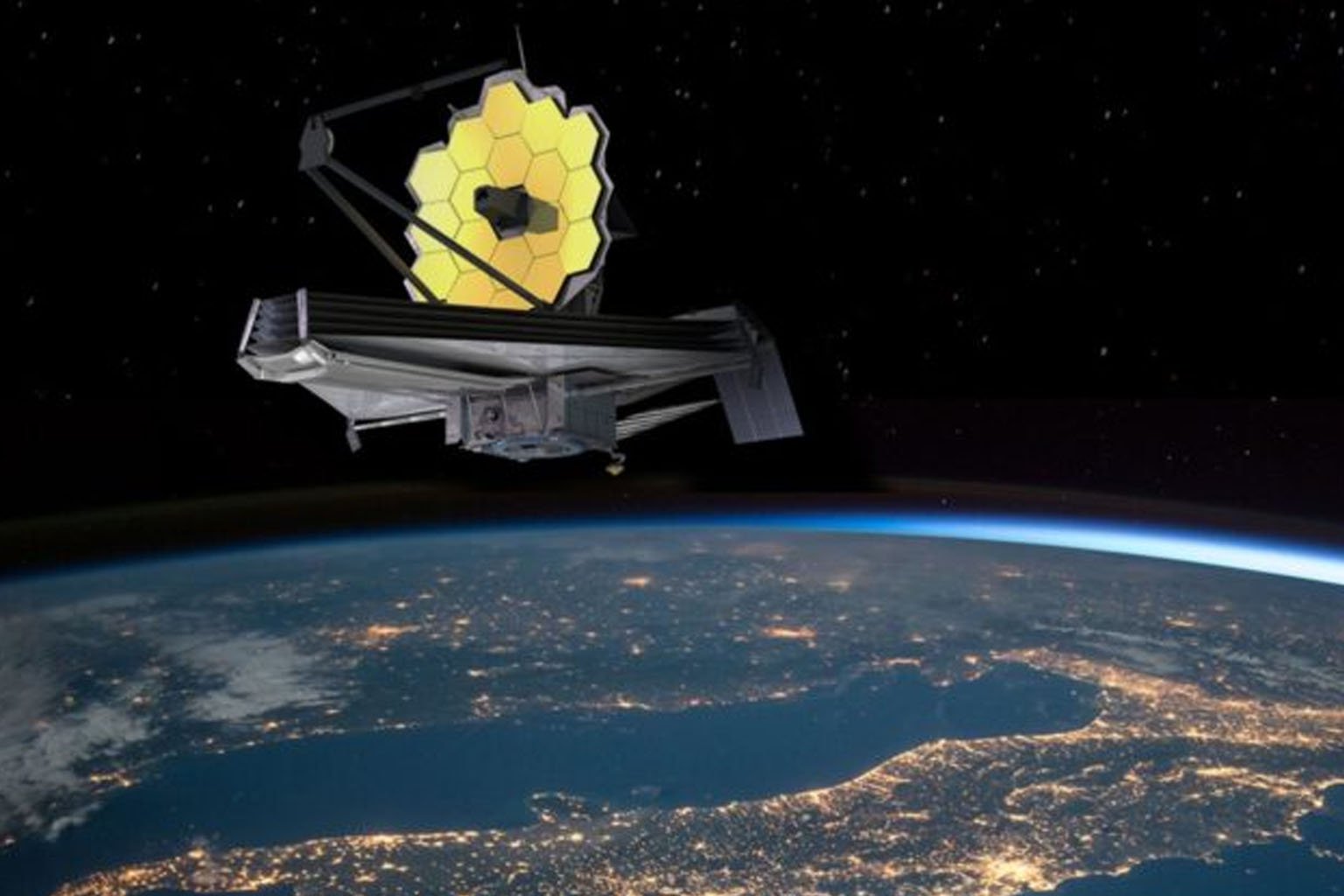The Moon is usually the quiet one in our celestial neighborhood—steady, bright, and reassuring. It hangs above us every night like a familiar friend, shaping tides and inspiring stories. But now NASA has something surprisingly urgent to say about it, and it starts with a fast-moving visitor from deep space.
In recent months, scientists have raised attention around a potential encounter between the Moon and a distant asteroid. This isn’t internet rumor—it’s real data coming from the powerful James Webb Space Telescope, better known as JWST. And while Earth is safe, the Moon might be in the cosmic crosshairs.
A new look at a fast-moving asteroid
Over the past few decades, space telescopes like Hubble and JWST have changed everything about how we observe the universe. They’ve shown us the birth of galaxies, strange new worlds, and even tiny objects drifting through our own cosmic neighborhood. One of these objects is asteroid 2024 YR4, a rocky body roughly the size of a 10-story building.
When JWST turned its attention to this object in May 2024, astronomers quickly noticed something unusual. Calculations suggested that YR4 had the highest recorded probability of hitting Earth among large asteroids in recent history. Early models estimated a 3.1% chance of impact in 2032—low for everyday life, but high enough in the world of planetary defense to trigger deep concern.
I still remember the first time I read about a “high-risk asteroid” as a kid. I spent half the night staring out the window, wondering if some enormous rock was about to streak across the sky. That same mix of awe and nervous curiosity shows up today whenever NASA makes headlines about asteroids. And this time, the story took an unexpected turn.
Further measurements eased fears for Earth, but introduced a new scenario : the asteroid might not hit us—but it could hit the Moon.
What would happen if the Moon were struck
According to astronomer Pawan Kumar, formerly of the Indian Institute of Astrophysics, there’s no need for alarm. Any lunar debris flung toward Earth would burn up harmlessly in our atmosphere. In other words, this wouldn’t threaten our planet or our safety. Instead, it would carve out a new lunar crater, one large enough to be tracked by telescopes around the world.
Such an impact could even produce a meteor shower on Earth if small fragments entered the atmosphere. Imagine stepping outside one night and spotting a sudden burst of glowing streaks—all because of a cosmic event unfolding nearly 240,000 miles away.
For NASA, this would be more than a spectacle. A lunar impact offers a rare scientific opportunity : a chance to study, in real time, how a space collision behaves outside Earth’s atmosphere. Researchers could observe how debris spreads, how shock waves travel, and how the Moon absorbs the energy of the strike. It’s the kind of natural experiment scientists wait decades to witness.
And honestly, there’s something strangely humbling about the idea. The Moon has been hit thousands of times across its history; every crater tells a story. Seeing one form in our own lifetime would be a moment of cosmic connection—reminding us that we’re part of a bigger, ever-changing universe.
A real-world test for planetary defense
Even without posing an immediate danger, asteroid 2024 YR4 has already proven extremely valuable. Its discovery kicked off a full-scale planetary defense rehearsal inside NASA : detection, risk assessment, simulations, communication, and long-term monitoring. The agency treated it like a drill, testing how quickly teams could respond to new data.
This isn’t the first time NASA has prepared for such scenarios. In 2022, the agency carried out the DART mission, smashing a spacecraft into an asteroid to push it off course. That project proved humanity’s ability to adjust a celestial object’s path—an idea that once sounded like pure science fiction.
YR4’s case in 2024 showed something equally important : how fast astronomers can adapt to evolving information. Space is unpredictable, but rapid analysis and global cooperation make it far less frightening than it used to be. When new objects appear on the radar, scientists now have the tools to understand them quickly and clearly.
Sometimes, reading these updates reminds me how small we all are. During a late-night walk last month, I looked up at the Moon—its familiar silver glow—and thought about how easily an unnoticed rock from deep space could alter its surface. Not in a catastrophic way, but just enough to leave a mark. It made me wonder how many other changes happen above us that we never hear about.
What comes next for NASA and YR4
Astronomers will get a closer look at asteroid YR4 in 2028, when it becomes visible for more detailed observations. They plan to measure its composition, density, and shape—crucial factors in predicting how an asteroid might behave during a collision.
Although YR4 is no longer considered a threat, NASA will continue tracking it as it passes near the Moon and Earth throughout the 2030s. Each flyby will help refine future models and strengthen the agency’s growing planetary defense network. The more we learn now, the better prepared we’ll be for the next object that comes our way.
Space can feel distant, but stories like this bring it right to our doorstep. What do you think—should we worry more about these small cosmic visitors, or admire them as part of our universe’s natural rhythm ? Share your thoughts, reactions, and questions below.

